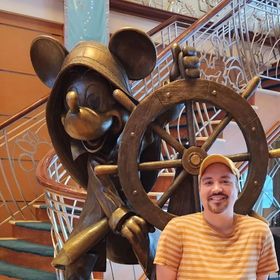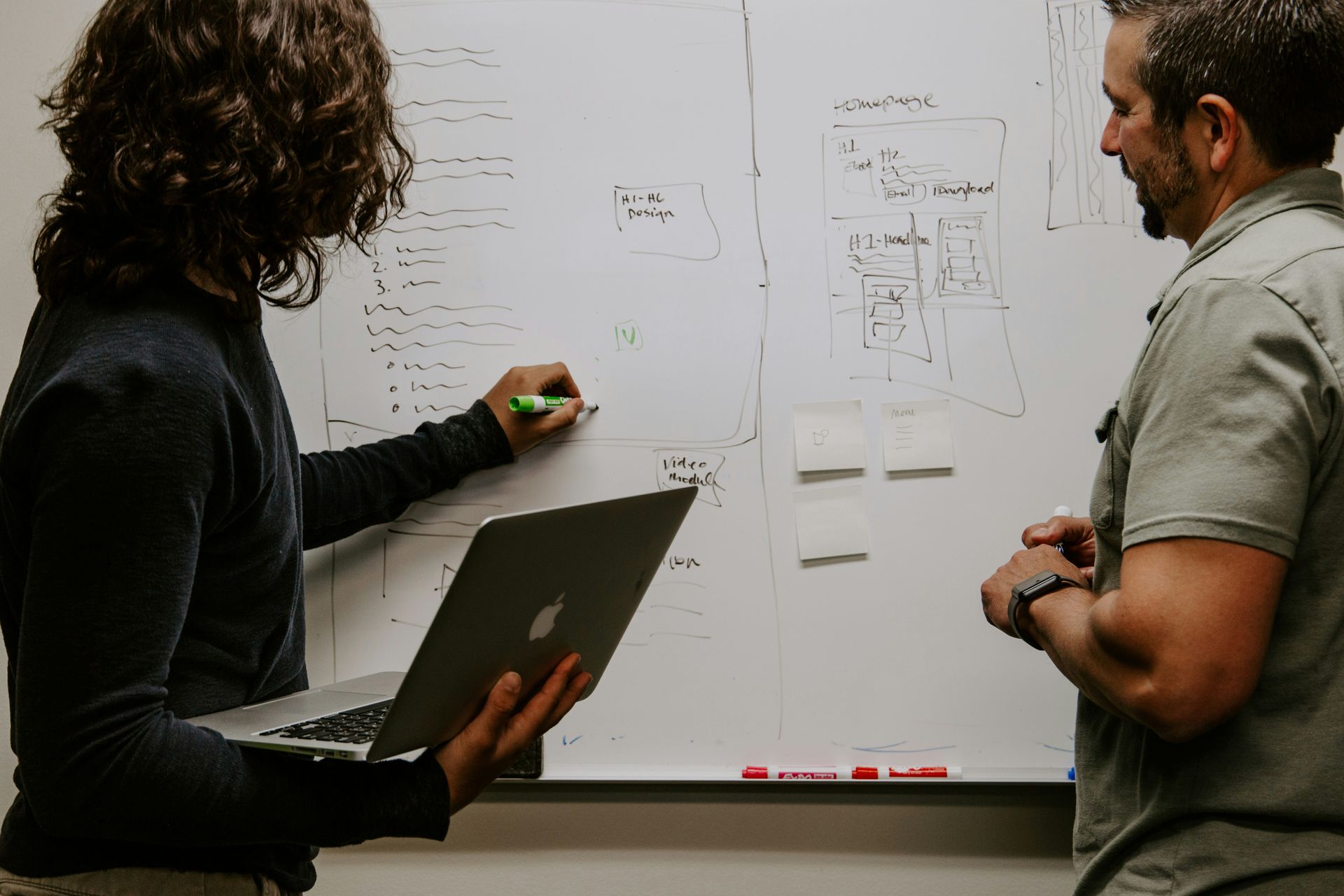July 2, 2024
Before we dive in, I want to acknowledge that language in the disability community is evolving. Some prefer person-first language (e.g., "person with a disability"), while others favor identity-first language (e.g., "disabled person"). My goal here is to highlight this community’s underrepresentation in the workforce. If any corrections are needed to better address the community, please email me at gary@winsamiconsults.com, and I will make the necessary adjustments. The COVID-19 pandemic, despite its tragedies, drastically changed how a large portion of the workforce operated—remotely. In April 2022, LinkedIn noted that remote job postings peaked at just over 20%. Although that number has since settled closer to 10%, remote work still has a significant impact on the workforce, especially for the disability community, whose overall employment reached about 21% in 2022, the highest since the Bureau of Labor Statistics (BLS) began tracking this figure in 2008. According to the BLS, “people with a disability accounted for 13% of the population in 2023.” Of this 13%, about 25% (nearly 11 million people) were part of the labor force (working or unemployed). However, their overall unemployment rate of 7.2% is just over double that of their non-disabled peers at 3.5%. This gap is truly unfortunate. Furthermore, disabled people had higher levels of self-employment than their non-disabled peers. The BLS data does not indicate whether this is a matter of choice or market imposition. What it does suggest is that traditional employment is less accessible for those with disabilities than for their non-disabled peers. While I firmly believe that we work to live and not live to work, jobs generally provide social connections and a collective sense of purpose. Moreover, work, especially living-wage work, helps us meet our life obligations and passions. People with disabilities should be able to share in these experiences. Why Hire a Person with a Disability? For me, the top reason is perspective. Let me be vulnerable for a moment: in the past, I was not always a dependable ally to people with disabilities. Though unintentional, the impact was still there. My true awakening came when my husband/partner was diagnosed with amyotrophic lateral sclerosis (ALS), also known as Lou Gehrig’s Disease. He is a dedicated educator who has spent his professional career teaching physics with a focus on improving the student experience ensuring accessibility for his students, providing flexibility for assignment due dates, and trying new ways to engage students in learning, which made hearing his stories about the obstacles he encountered at his place of employment frustrating. The real kicker for me was when he tried to use public transit, and the commute took up 4 hours of his day. This shouldn’t be how the world works. While he had some allyship at his workplace, the implementation of changes was slow. My feelings on the matter are best described by Miranda Priestley’s sarcastic comment in The Devil Wears Prada, “By all means move at a glacial pace. You know how that thrills me.” My personal anecdote aside, disabled people have a unique experience of navigating a world that is designed by non-disabled people, often unintentionally, to their detriment. Their perspective of the world may bring attention to overlooked safety concerns, product/service design issues, or insights to service delivery and communication in your organization. Strictly from a lived experience perspective they can help you re-evaluate how you’ve always done specific work and make it more accessible. Furthermore, people with disabilities also bring with them diverse educational backgrounds, expertise, and cultural backgrounds which are incredibly useful for organizations. Another aspect of perspective is how it changes for other employees. There may be uncomfortable conversations as people navigate new ways of doing work duties or in adjusting their language, but these are learning opportunities. This empathy not only leads to a more understanding organization but also uncovers behaviors, policies, practices, and design choices that disproportionately impact specific demographics and need correction. However, it's important not to tokenize employees with disabilities or engage in inspirational porn . Hiring people with disabilities can also transform your brand. It opens your talent pipeline to an underutilized and underappreciated pool of talent, showing your commitment to diversity and equal opportunities, thus improving your brand image. Additionally, your organization might become eligible for tax credits and incentives. However, inclusion should stem from a genuine desire to uplift these workers, not from superficial PR stunts. Authentic inclusion demonstrates the full value your organization brings to the community. Doesn’t It Cost a Lot to Meet Accommodations? In the United States, according to the ADA, “a reasonable accommodation is a modification or adjustment to a job, the work environment, or the way things are usually done during the hiring process. These modifications enable individuals with disabilities to have equal opportunities not only to get a job but to perform their job tasks successfully. The ADA requires reasonable accommodations in three aspects of employment: 1) ensuring equal opportunity in the application process; 2) enabling a qualified individual with a disability to perform the essential functions of a job; and 3) allowing an employee with a disability to enjoy equal benefits and privileges of employment.” In terms of cost, accommodations aren’t necessarily expensive. Some are as simple as policy changes, adjusting work schedules, or providing software. Accommodations can also lead to rethinking how work is done, presenting them as investments rather than costs. You may find that changing the office environment improves employee performance, health, and office culture. Getting Started Due to the wide variety of organizations that support people with disabilities, it can be difficult to choose one to begin with. Your organization might start by consulting with a disability-focused consultant to help reimagine your workspaces and provide recommendations. You might also consider working with the Association of People Supporting Employment First (APSE) , which aims to support people with disabilities in obtaining employment. See Part 1 of this series on International Students . References: https://galtfoundation.org/2023/02/14/8-reasons-hiring-people-with-disabilities-benefits-business/ https://www.bls.gov/news.release/disabl.nr0.htm https://www.americanprogress.org/article/removing-obstacles-for-disabled-workers-would-strengthen-the-u-s-labor-market/ https://www.shrm.org/topics-tools/news/inclusion-equity-diversity/employment-rate-rising-people-disabilities https://nationalpartnership.org/disabled-employment-record-high-but-disparities-remain/ https://www.usnews.com/news/economy/articles/2024-01-25/remote-work-has-radically-changed-the-economy-and-its-here-to-stay https://apse.org/ https://www.apa.org/monitor/2021/11/feature-cultivating-empathy https://www.accenture.com/content/dam/accenture/final/a-com-migration/pdf/pdf-89/accenture-disability-inclusion-research-report.pdf https://en.wikipedia.org/wiki/Inspiration_porn -- Winsami Solutions & Consulting is here to help with your organization's talent strategy. Our mission is to support organizations in adapting their People & Culture practices to meet the needs of an evolving workforce.





















